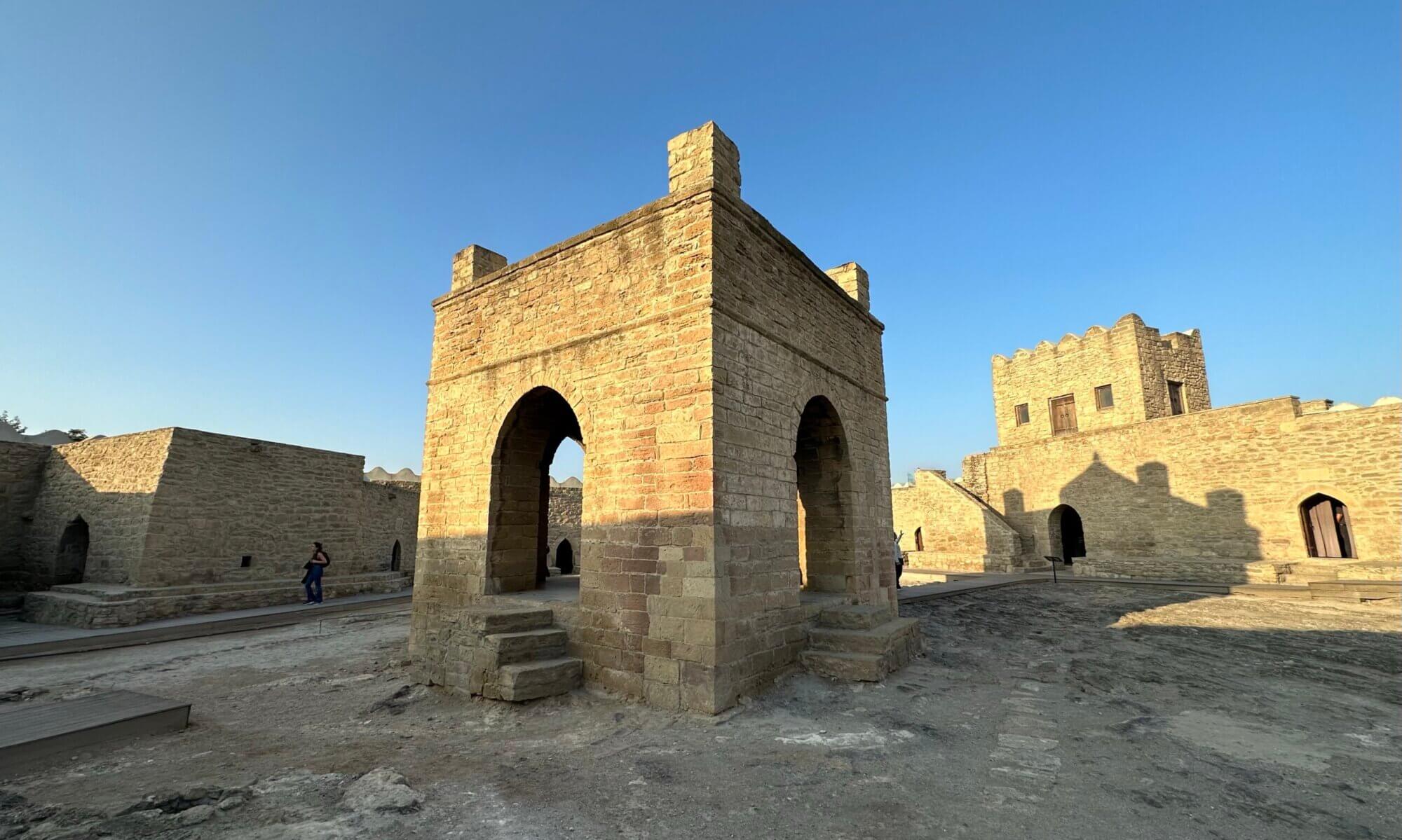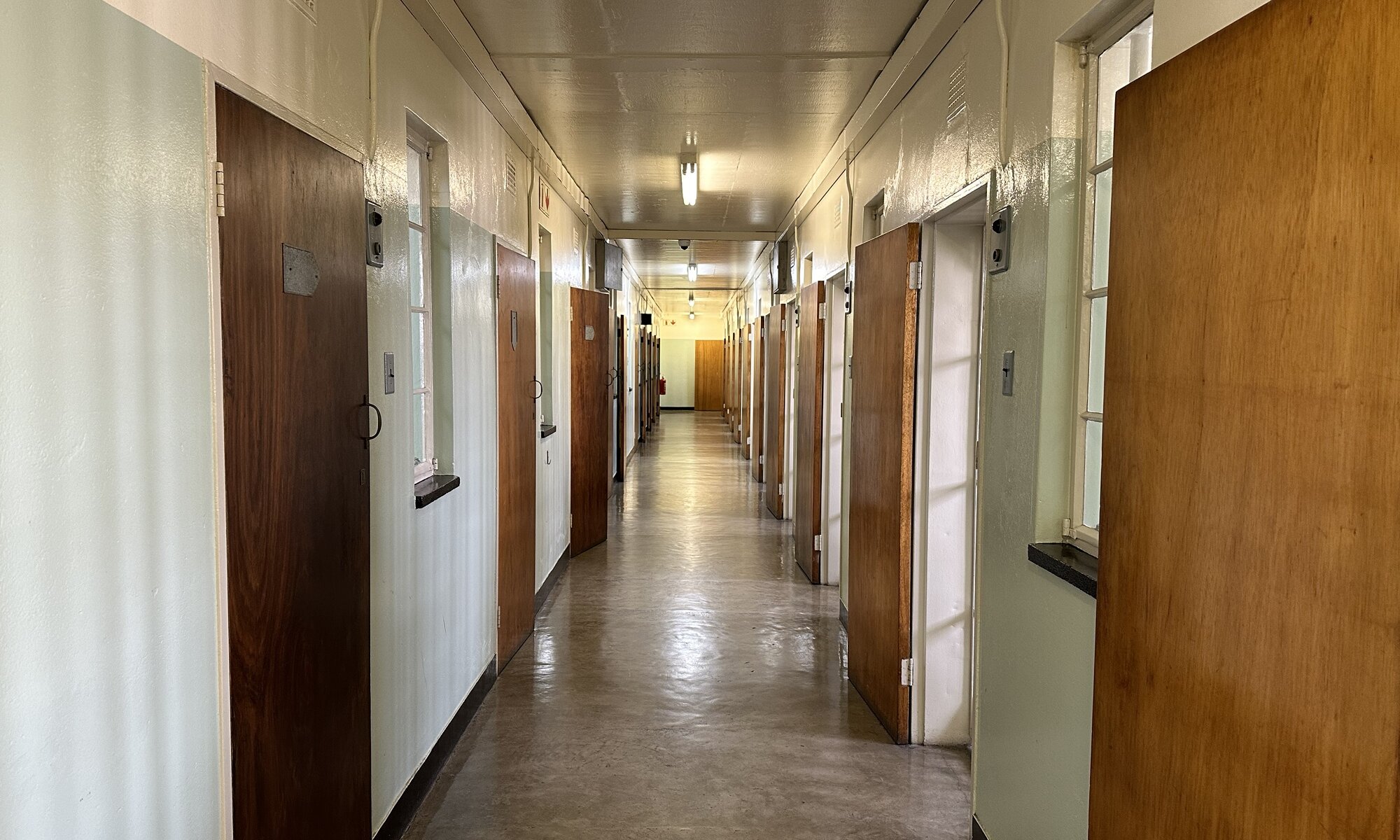Robben Island, located off the coast of Cape Town, has a long and significant history, dating back to the 17th century when it was initially used by the Dutch as a place of exile and quarantine for the indigenous Khoikhoi people. Over the centuries, the island served various purposes, including as a prison, a leper colony, and even a military base. However, it is most renowned for its role during apartheid, when it became a symbol of the brutality and injustice of the regime. During this period, the island was used by the South African government as a high-security prison to house political prisoners, particularly those who opposed apartheid. The harsh conditions and isolation of Robben Island made it a place of suffering, but also of resistance and resilience for the many prisoners who were sent there.
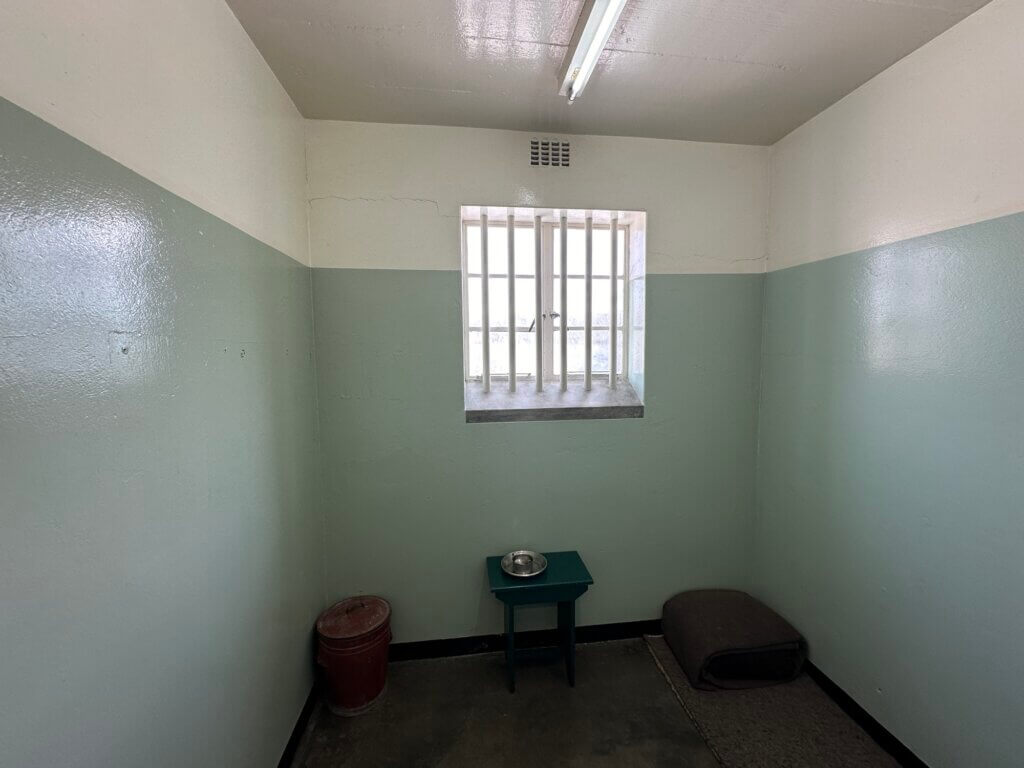
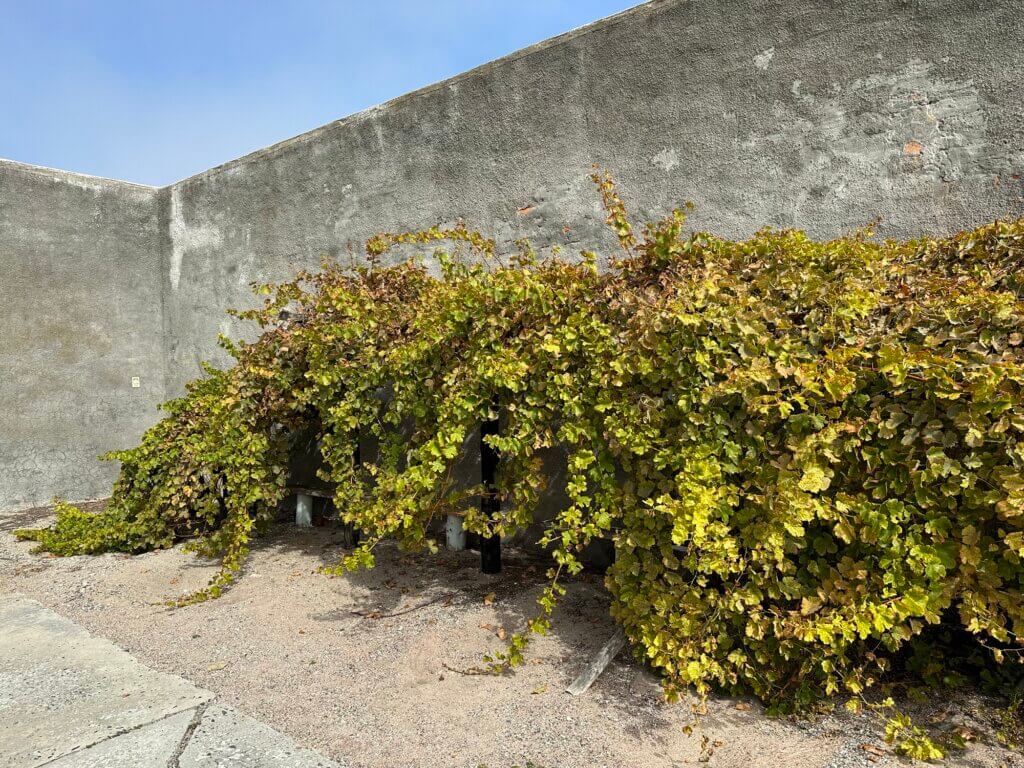
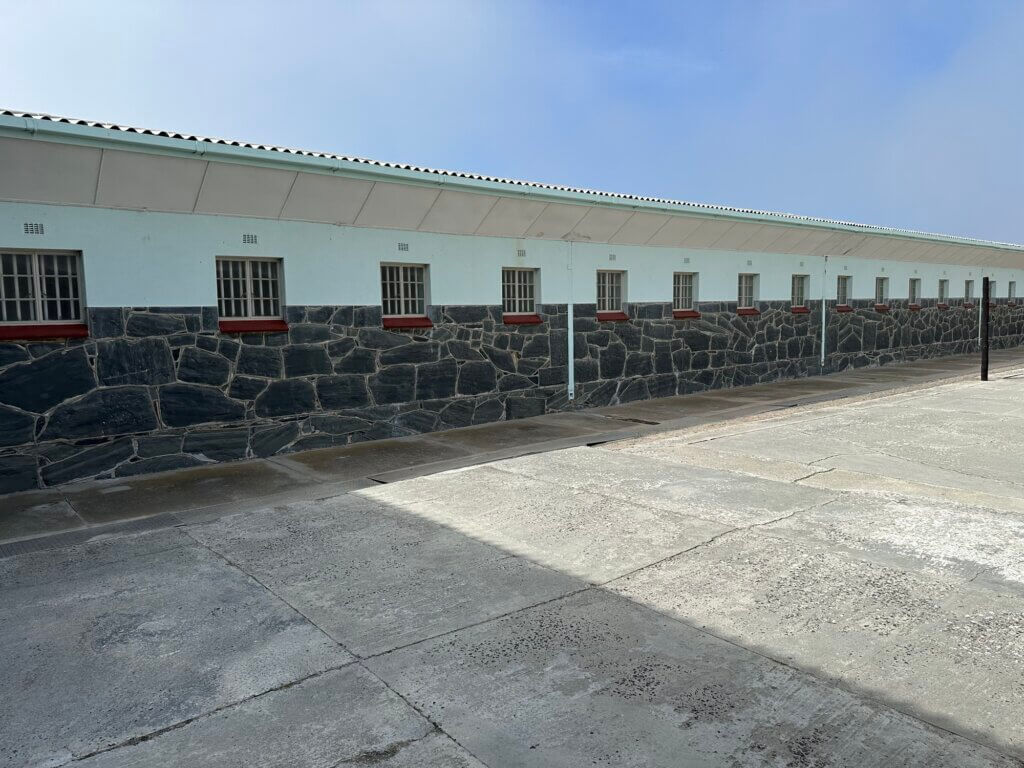
One of the most famous political prisoners to be incarcerated on Robben Island was Nelson Mandela, who was imprisoned there for 18 years from 1964 to 1982. Mandela, along with other key members of the African National Congress (ANC), was convicted for his role in resisting the apartheid government, particularly through acts of sabotage and other anti-apartheid activities. During his time on Robben Island, Mandela endured harsh treatment, including forced labor in a lime quarry, poor living conditions, and limited contact with the outside world. Despite the oppressive environment, he and other prisoners managed to maintain their spirit of resistance. Mandela’s time on Robben Island would become a defining moment in his life and in the struggle for freedom, as it strengthened his resolve to fight for equality and justice.
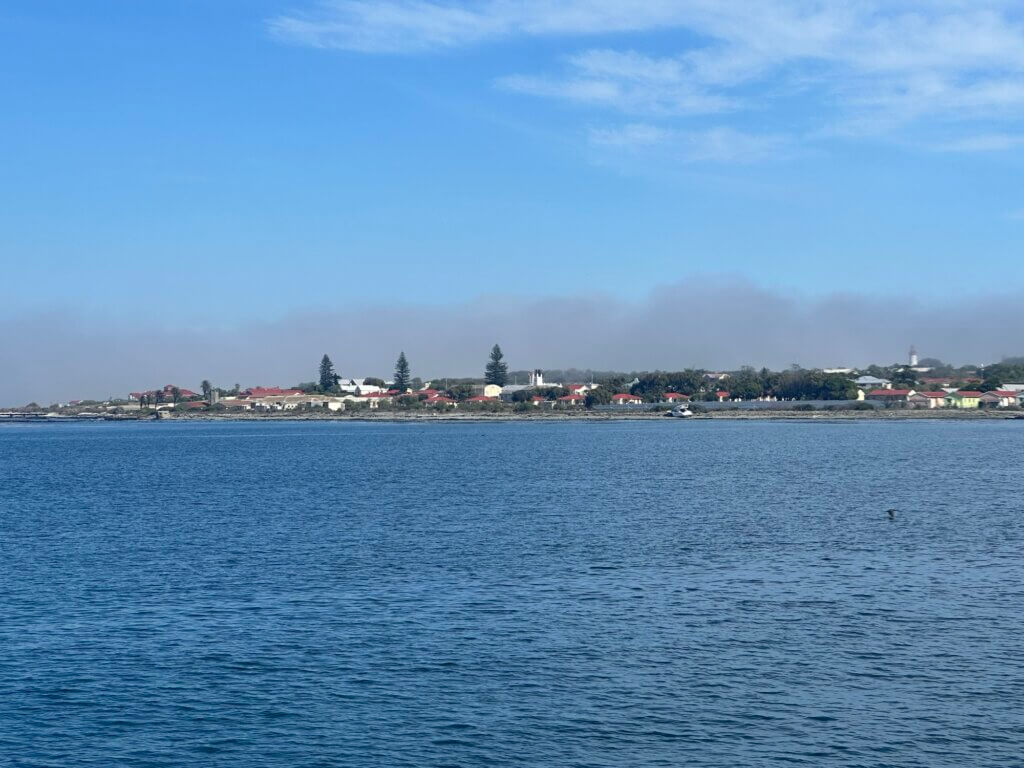
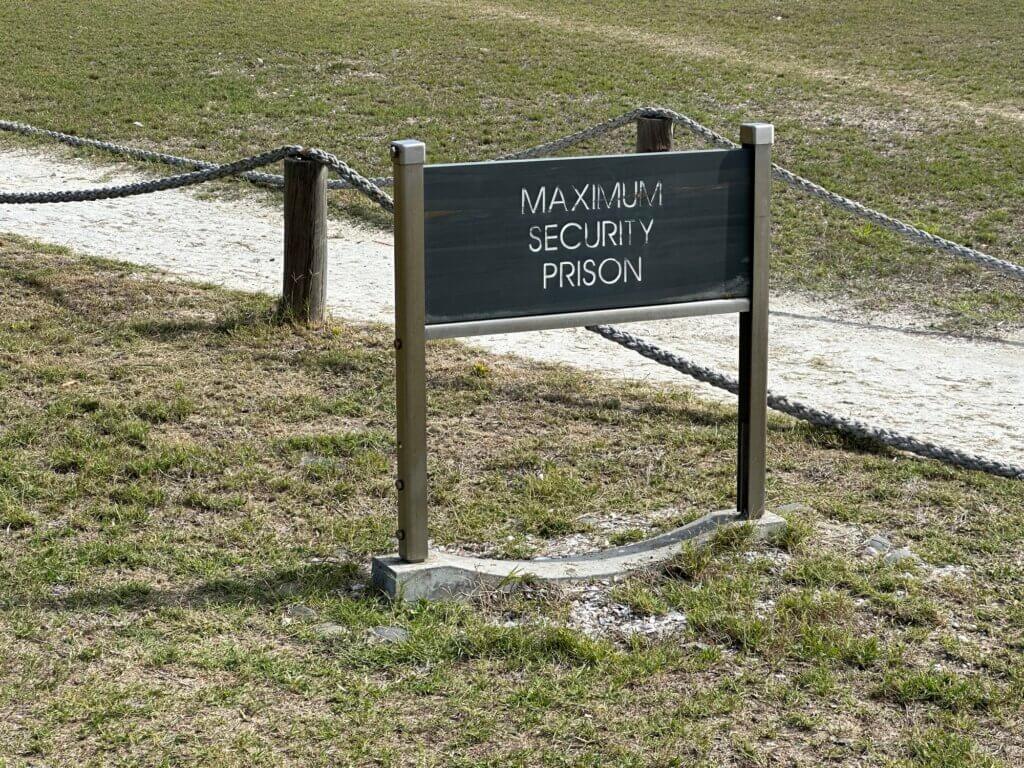
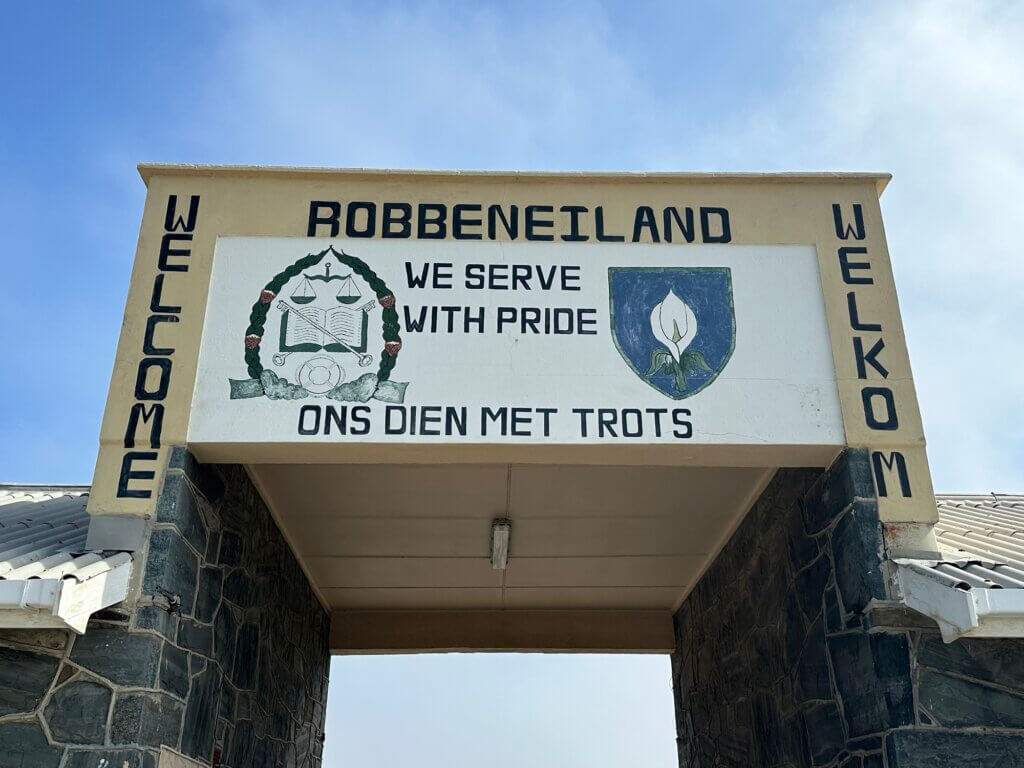
Robben Island’s legacy is intrinsically tied to the broader struggle against apartheid and the eventual triumph of democracy in South Africa. After his release in 1990, Mandela emerged as the country’s most prominent leader, and he would go on to become South Africa’s first democratically elected president in 1994. Robben Island, once a symbol of the oppression faced by millions of South Africans under apartheid, was transformed into a museum and heritage site, dedicated to preserving the history of the resistance against apartheid and the sacrifices made by those who fought for freedom. Today, it stands as a poignant reminder of the injustices of the past and a symbol of the resilience and determination that led to South Africa’s peaceful transition to democracy. The island continues to attract visitors from around the world, who come to pay tribute to Mandela’s legacy and to reflect on the history that shaped the nation.
You can reach Robben Island only by ferry boat starting at a terminal near the V&A Waterfront. Buy your tickets in advance, but having a ticket doesn’t fully guarantee transportation: especially the early ferries often can’t start due to weather conditions and especially fog. After arriving on the island buses take visitors to the different areas of the island, including the quarry. Last stop is the high-security prison where you can visit Mandela’s former isolation cell and the small garden he used to grow plants. Fortunately, the tour there can be done by former political inmates who can best describe the situation in the overcrowded cells. Very impressive and moving.
Robben Island
Cape Town
South Africa
Loading map...

